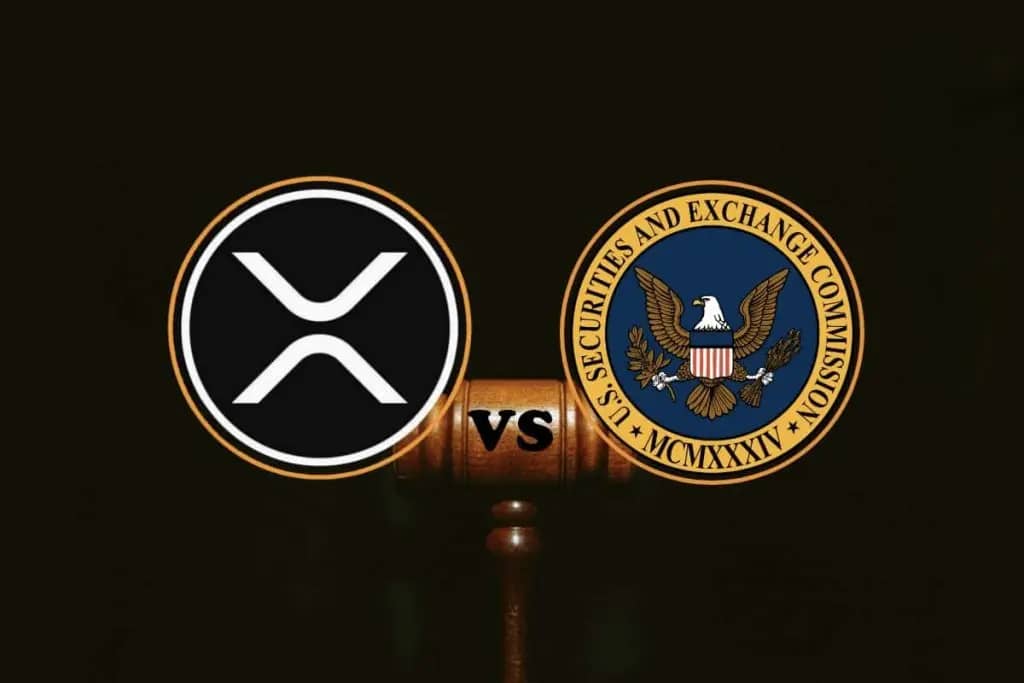Binance Australia has launched a web publication for the June quarter on its Environmental, Social, and Governance report. However one of the key takeaways from the blog is the exchange’s dedication to defending prone investors. As per the blog, the two predominant areas of search for and enchancment had been the adoption of crypto and individual protection.
The weblog notes that the alternate is developing a strict, user-focused onboarding experience. The pass is aimed at demographics that have been at an increased hazard of being exploited.
Leigh Travers, CEO of Binance Australia spoke to CoinTelegraph and referred to that the agency is actively working on defending inclined investors. The steps worried will start perfectly from the onboarding approach for new users.
From the whole monetary administration perspective, we are absolutely looking at it from stop to give up and additionally from an entire existing circle’s perspective
Binance Says Users That Don’t Verify Their Accounts Are ‘Vulnerable’
According to Lu, older citizens, human beings dwelling in faraway locations, and humans with impairments are the normal demographics that Binance has diagnosed as susceptible consumers. Moreover, he referred that accomplishing these conclusions required collaboration with governments and look up groups that discover the economic crime.
Moreover, Lu and CEO Travers are each confused that the industrial organization is paying distinct interest to funding scams. These are instances in which fraudsters supply traders with relatively excessive returns in trade for their money.
There are 5 hundred specific scams, however, funding scams are always at the pinnacle of it. So this is now no longer special from crypto scams, to be honest, however, funding scams ordinary ranked extensive variety one for a long, prolonged time.
Binance these days commenced imposing a know-your-customer (KYC) quiz to greater apprehend and flag suspicious users.
Furthermore, Binance Australia has delivered the Treasury with thoughtful advice on licensing and custody requirements for crypto exchanges. The go is a sign of dedication on the exchange’s section to collaborate with policymakers and regulators.
According to Travers, a large share of inclined clients are commonly conned for the period of the “first seven-day window” after being onboarded. As the phase of the customer onboarding process, Binance Australia will begin imposing more severe identification requirements from September 1st.
As a result, the agency will no longer allow new clients to publish their driver’s licenses at a later time and will as an alternative ask them to put up an image and their license at the time of registration.






















